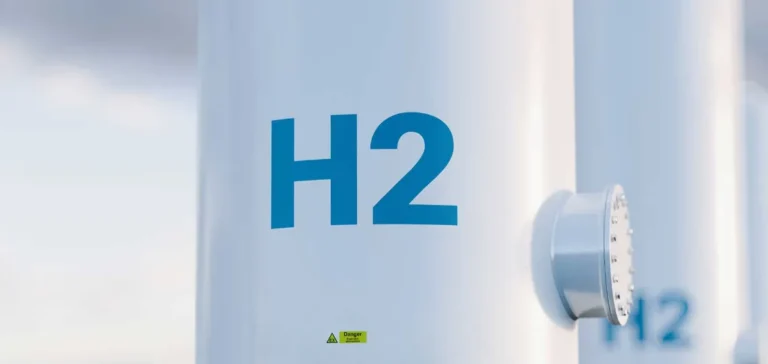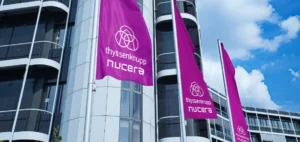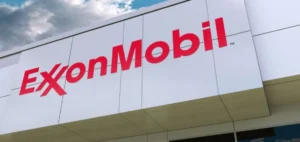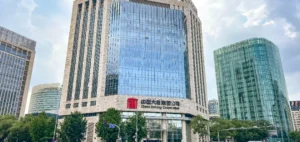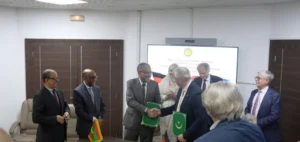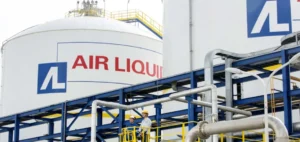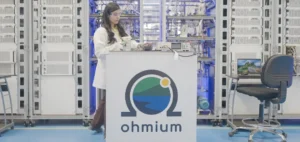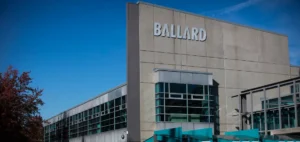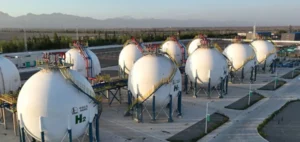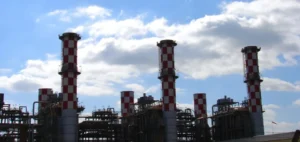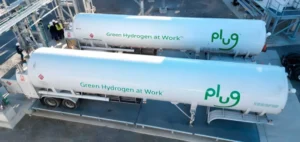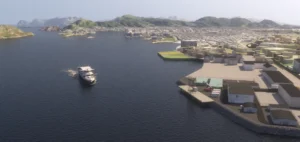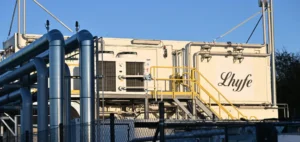The H2med Alliance announced in Berlin the integration of 40 new members, bringing the total to 49 companies active across the entire hydrogen value chain. Founded in December 2024 by operators REN, Enagás, NaTran, Teréga and OGE, the Alliance aims to structure the H2med project, one of the most advanced hydrogen corridors in Europe.
Coordinated government support
The Berlin meeting was marked by the participation of high-ranking representatives from the corridor countries. The Parliamentary State Secretary at the German Federal Ministry for Economic Affairs and Energy, the Director-General for Energy Policy and Mines in Spain, along with their French and Portuguese counterparts, confirmed their political backing. The European Commission, through its Deputy Director-General for Energy, reaffirmed that H2med remains a strategic priority among the so-called “energy highways” projects.
The national segments of the corridor – notably the Portuguese, Spanish and French hydrogen backbones – as well as the cross-border interconnections CelZa and BarMar, are already receiving funding through the Connecting Europe Facility (CEF) dedicated to energy infrastructure of common interest.
A market structuring tool
The Alliance’s expansion is part of a broader effort to structure the European hydrogen market. Government representatives stressed the importance of synchronising industrial timelines to ensure the economic viability of the projects. Several companies reiterated the need to align investments with growing demand in order to minimise market asymmetry risks.
The list of new members includes producers, grid operators, technology providers and industrial groups, among them BP Energía España, thyssenkrupp Steel Europe, EDP Renováveis, INEOS Chemicals Lavéra and Uniper. The variety of profiles illustrates the growing interest in a regional coordination platform.
An industrial cooperation platform
H2med now aims to accelerate the connection of stakeholders through sector-specific working groups. These initiatives are intended to develop the technical and commercial synergies necessary to establish a functional corridor by 2030. The Alliance is positioning itself as a central lever to support infrastructure integration objectives and facilitate contractual relations between operators.
This momentum follows recent joint declarations by the French President and the German Chancellor, who reaffirmed their commitment to making the H2med corridor a bilateral priority within the framework of their common economic agenda.


